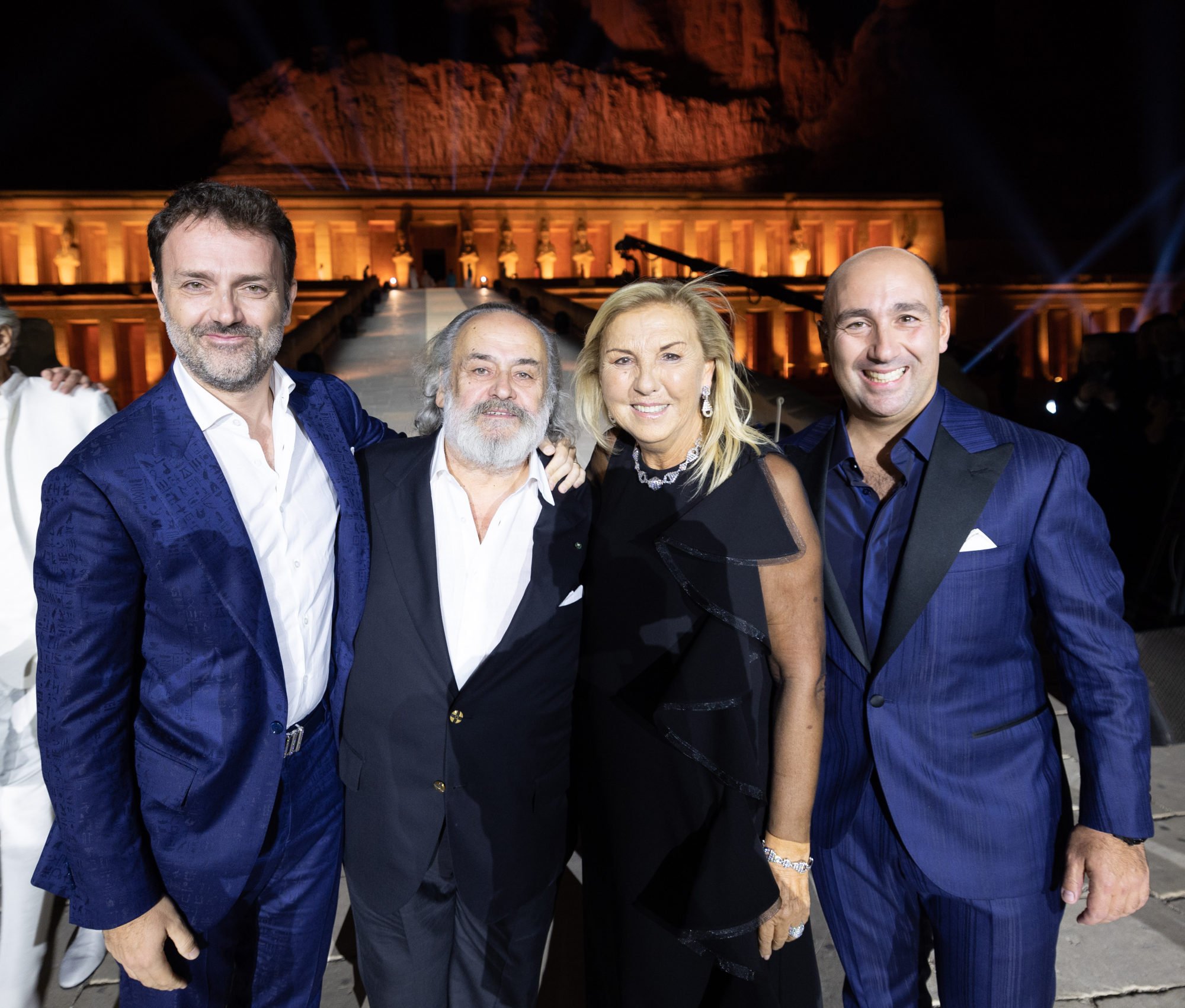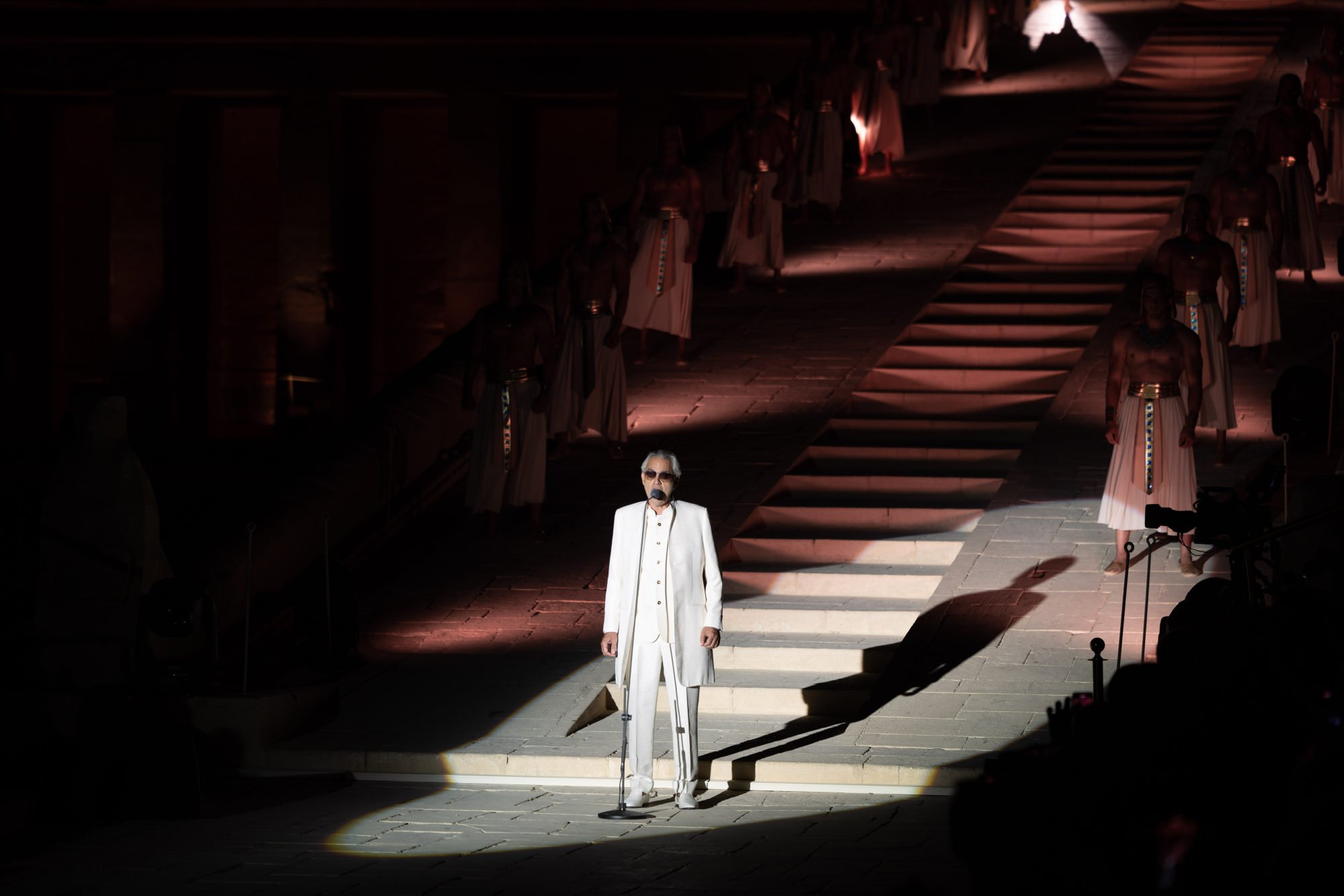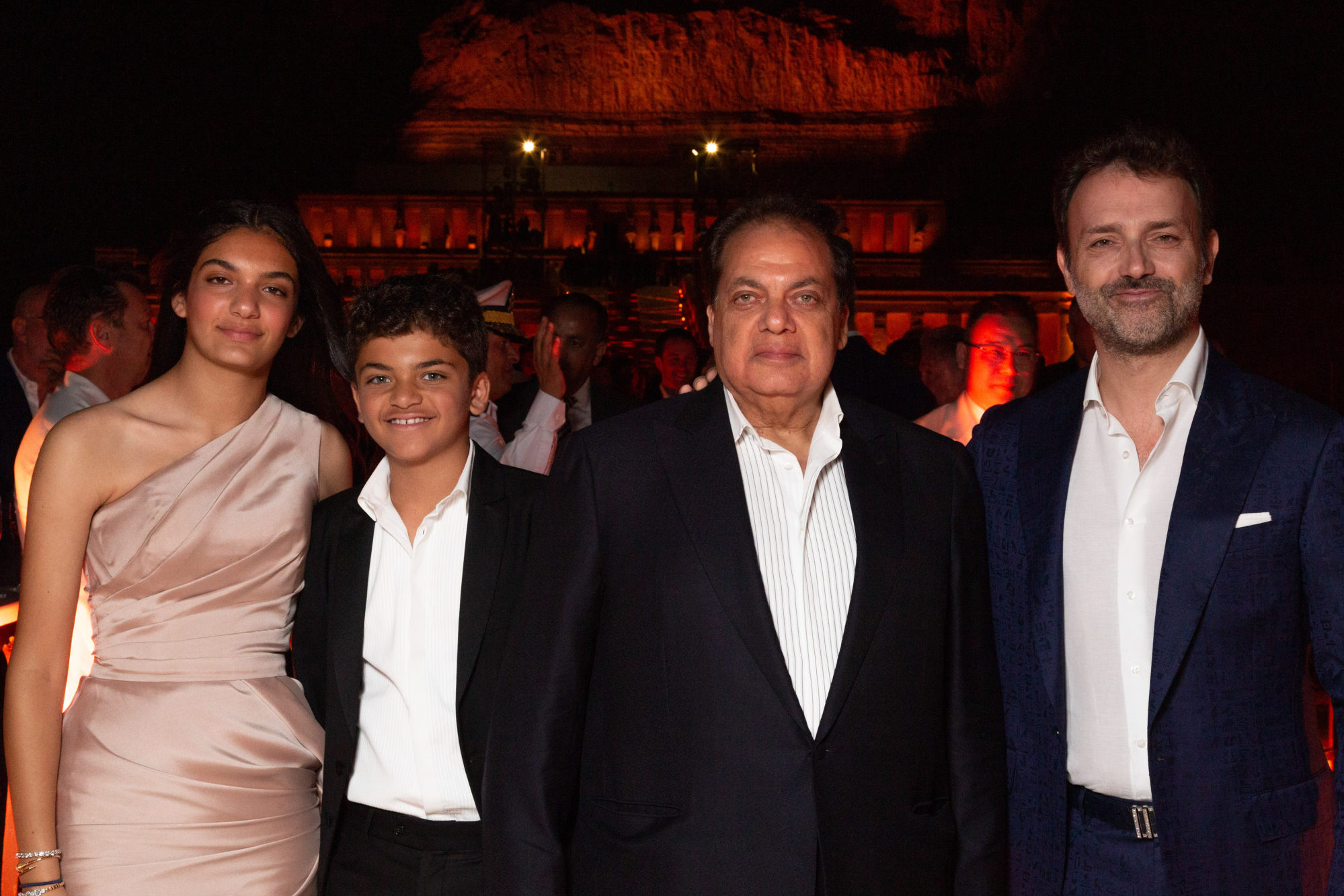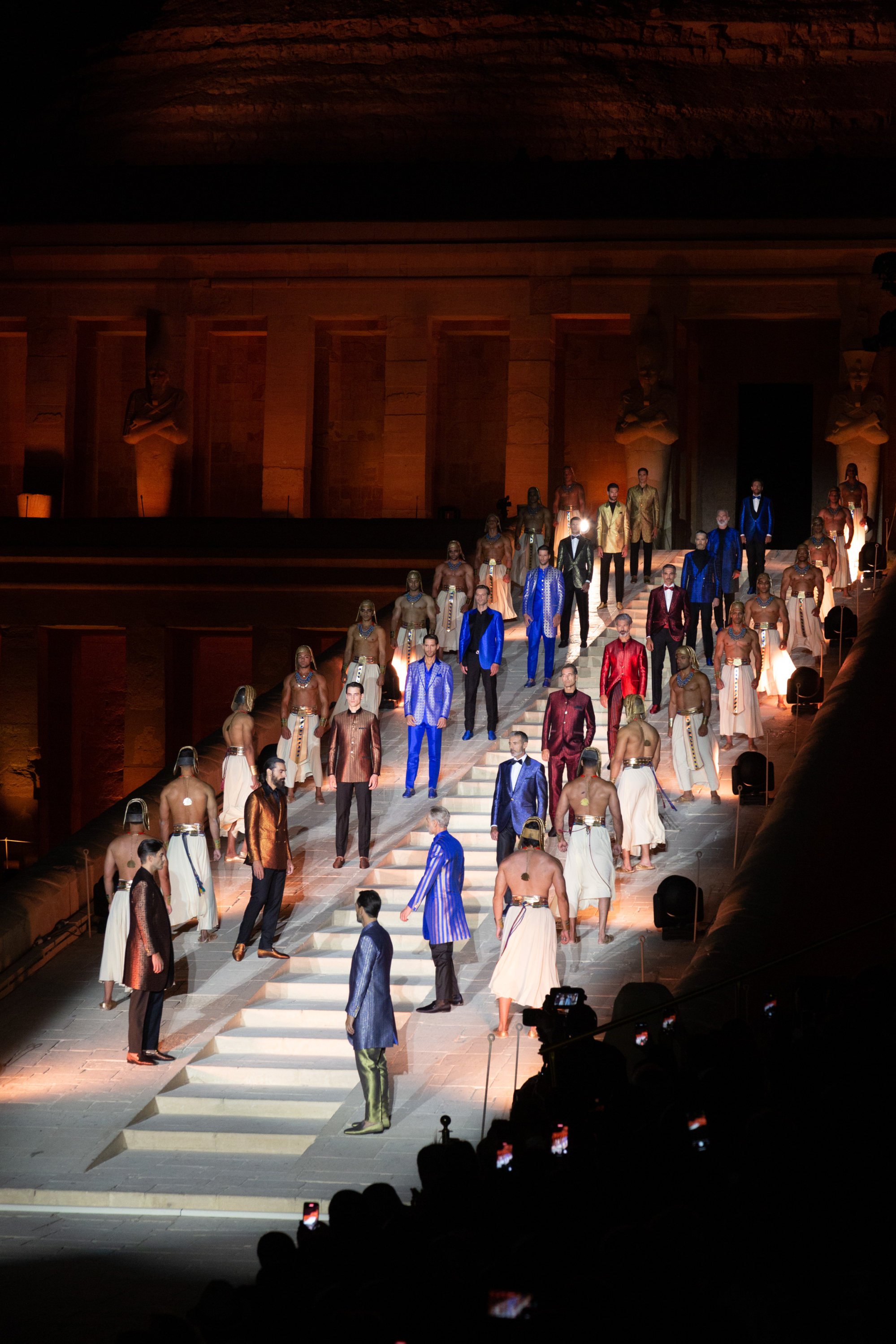
Italian luxury menswear brand Stefano Ricci has dressed Nelson Mandela, Andrea Bocelli and various self-made billionaires, but it’s not your typical fashion label
- With garments like exotic-skin jackets selling for tens of thousands of dollars, the Florence couturier caters to wealthy older businessmen rather than Gen Z
- The 50-year-old company has seen its sales in China shrink since Covid-19, but prioritising long-term client relationships has enabled it to thrive in new markets
Italian menswear label Stefano Ricci, founded and led by the entrepreneur of the same name, couldn’t be further removed from the modern fashion world as we know it.
Eschewing conventional practices such as seasonal shows, celebrity endorsements and collaborations with influencers, the brand operates in a completely different realm to other fashion labels.
At Stefano Ricci, the client is king. Instead of trying to be all things to all people, the company zeroes in on a niche of rich businessmen who like to show off their wealth and couldn’t care less about being cool.
“Our clients are self-made millionaires and billionaires who don’t look at people [like celebrities or influencers] and are very proud of what they have achieved. They know what they want,” says Niccoló Ricci, the eldest son of Stefano and the CEO of the company.

“They know what’s going on in the world but they’re very proud of themselves and come to us because … they have seen a certain level of consistency and quality so they entrust us with creating their look.”
That look consists of crocodile-hide shirts, evening suits in golden-hued silk blends, cashmere hoodies and other accoutrements of the super wealthy, those who don’t hide their success but like to flaunt it unapologetically.

Established as a tie maker in the Italian city of Florence, the brand has expanded to encompass 70 boutiques and more than 20 shop-in-shops globally.
While the label may not be a household name – ask the average fashion consumer or even the most plugged-in fashion insider if they have heard of it and they’re likely to reply with a blank stare – a small contingent of elites who enjoy the finer things in life and do not balk at the idea of spending US$40,000 (HK$310,000) on a jacket made of exotic skin know the brand very well.
The company’s clients range from luminaries such as Nelson Mandela to a long list of global CEOs and world leaders.

“We stay out of the media circus of the fashion shows. We fundamentally are a normal family. We spend our weekends in the countryside with our dogs and horses and go on walks. We don’t do showtime 24/7,” says Niccoló.
“Many of our clients don’t feel comfortable going into other stores because they’re not super cool, or can’t find their sizes,” says Niccoló. “We really look after them and do a lot of custom-made items and they like to listen to our advice and follow it.”

Chasing fickle Gen Z and millennials who are rarely loyal to brands is not Stefano Ricci’s strategy. The company instead cultivates long-term relationships with older, less fashion-savvy men that Niccoló believes are often forgotten – guys in their 50s and 60s who can actually afford to splurge on beautiful pieces for themselves.
“You can’t neglect and underestimate that client and we provide a look suitable for them,” says Niccoló. “We also have younger clients and make jeans and T-shirts but you should never forget the older clients.”
Included in the brand’s list of high-profile fans is Mohamed Abou El Enein, an Egyptian businessman and politician who discovered the brand more than two decades ago in Florence. He has since developed a friendship with Stefano and instilled in him a love for Egypt, where the label celebrated its 50th anniversary this year with a spectacular fashion show at the Hatshepsut Temple in Luxor’s Valley of the Kings.

Niccoló says that their clients share the same interests and passion as him, his younger brother Filippo – who acts as creative director of the label – and their gregarious dad, Stefano.
He’s talking about typical men’s hobbies like cigars, vintage cars, fine wines and luxury watches, all part of a lifestyle that is in tune with the offerings of the label.
This wealthy clientele often comes from rising economies such as Azerbaijan, Kazakhstan, Armenia and Georgia, places where Stefano Ricci has a big presence and which most luxury brands rarely target.

The company also has a long history in China, where it opened its first store back in 1993 and where it’s opening a new boutique in Beijing in 2023, in spite of the disruptions caused by the country’s zero-Covid policy.
Before the coronavirus pandemic, Greater China, which also includes Hong Kong and Macau, accounted for 30 per cent of the company’s business and was its main market, but now both the US and Europe have overtaken it, with China now accounting for only about 20 per cent of the overall business.
“For many years Macau was our number-one boutique in the world, but then we experienced a drop during Covid, and now we are seeing some signs of life,” says Niccoló. “We also saw a plunge in Hong Kong [sales] as soon as the Chinese stopped visiting, but the Chinese market has given us a lot, and we believe in China and are investing and expanding.”

The company had a very good year in China in 2021, when most Chinese stayed at home and spent lavishly in local boutiques. Up until the war in Ukraine, Russia and Ukraine were two of the brand’s other top markets.
In spite of these structural issues out of its control, Niccoló reveals that in 2022 the brand has so far had better numbers than in 2019 and is back where it was before Covid, “which means that without those situations, 2022 could have been our best year”, he says.
What concerns him right now is the high price of raw materials – from metals to animal skins and fabrics – which has deeply affected the network of suppliers making products for the label in workshops all over Italy.

“Our suppliers have been hit with huge bills so for them it’s almost impossible to survive, but they’re like family to us as we’ve been working with them for 20 or 30 years, so we have to protect and support them,” says Niccoló.
Although his company caters to men who tend to be impervious to the vagaries of the global economy, he believes it’s not fair to keep raising prices – a practice that has become common among top luxury labels.
“For a certain level of clients, spending on clothing is immaterial to their wealth so they may not buy a new boat or car but they will still spend US$100,000 per year with us. But those who are spending less than US$50,000 do feel the effects of inflation,” he says.
Those numbers may sound surreal to the average luxury consumer but the world of Stefano Ricci is an island unto its own, a private club for a bunch of alpha males who play by their own rules, much like the brand that dresses them in their finery.

